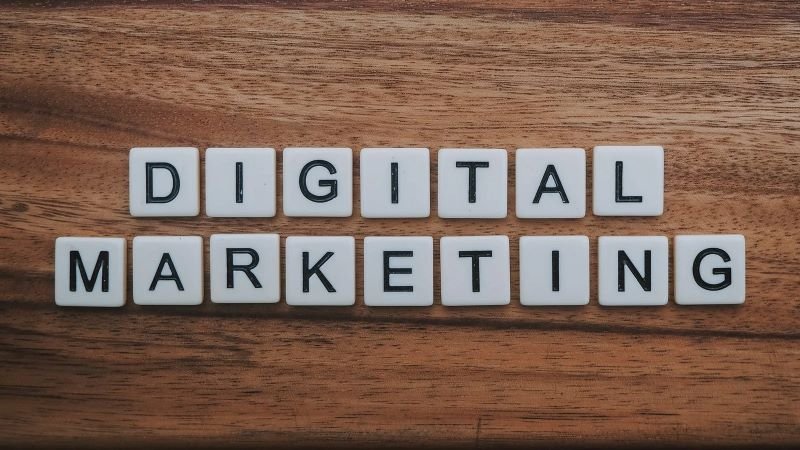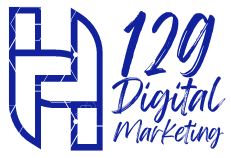
Marketing has evolved significantly over the years with the advent of technology and the rise of the internet. Traditional marketing, which encompasses print media, television, radio, and billboards, has been the go-to method for businesses to promote their products or services. However, with the rise of digital platforms and the changing consumer behavior, digital marketing has emerged as a powerful alternative. In this article, we will explore the key differences between digital marketing and traditional marketing.
Traditional marketing often relies on broad-based strategies to reach a wide audience. This approach includes placing advertisements in newspapers, magazines, or broadcasting commercials on television or radio. While this can be effective in reaching a large number of people, it lacks the ability to target specific demographics or individuals.
Digital marketing, on the other hand, offers precise targeting options. Through various online platforms and tools, businesses can target specific demographics, interests, and behaviors. This allows for a more personalized approach, ensuring that the message reaches the right audience at the right time.
| Traditional Marketing | Digital Marketing |
|---|---|
| Targets a broad audience | Allows for precise targeting |
| Lacks personalized approach | Offers personalized messaging |
Traditional marketing methods often require a significant investment. Running advertisements in print media or on television can be costly, especially for small businesses with limited budgets. Additionally, it is challenging to measure the return on investment (ROI) accurately.
Digital marketing, on the other hand, provides cost-effective options. With various online advertising platforms, businesses can set their budgets and track the performance of their campaigns in real-time. This allows for better control over spending and a clearer understanding of the ROI.
| Traditional Marketing | Digital Marketing |
|---|---|
| High costs | Cost-effective options |
| Difficult to measure ROI | Real-time tracking and analytics |
Traditional marketing is primarily a one-way communication channel. Businesses create advertisements and distribute them to the target audience, hoping to generate interest and sales. However, there is limited interaction and engagement with the audience.
Digital marketing, on the other hand, encourages two-way communication. Through social media platforms, email marketing, and interactive websites, businesses can engage with their audience, respond to inquiries, and build relationships. This fosters trust and loyalty, ultimately leading to higher customer satisfaction and retention.
| Traditional Marketing | Digital Marketing |
|---|---|
| One-way communication | Two-way communication |
| Limited audience interaction | Encourages audience engagement |
While traditional marketing still has its place in certain industries and target markets, digital marketing has become an essential component of any successful marketing strategy. Its ability to reach specific audiences, cost-effectiveness, and interactive nature make it a powerful tool for businesses to connect with their customers in the digital age. By combining the strengths of both traditional and digital marketing, businesses can create comprehensive and impactful marketing campaigns that drive results.

129 Digital Marketing – Copyright © 2024 All Rights Reserved.
Privacy & Cookie Policy
WhatsApp us
2 responses to “Digital Marketing vs. Traditional Marketing: A Comparative Analysis”
[…] 21, 2024 Website Project Management August 28, 2024 Digital Marketing vs. Traditional Marketing: A Comparative […]
[…] 21, 2024 Website Project Management August 28, 2024 Digital Marketing vs. Traditional Marketing: A Comparative Analysis […]